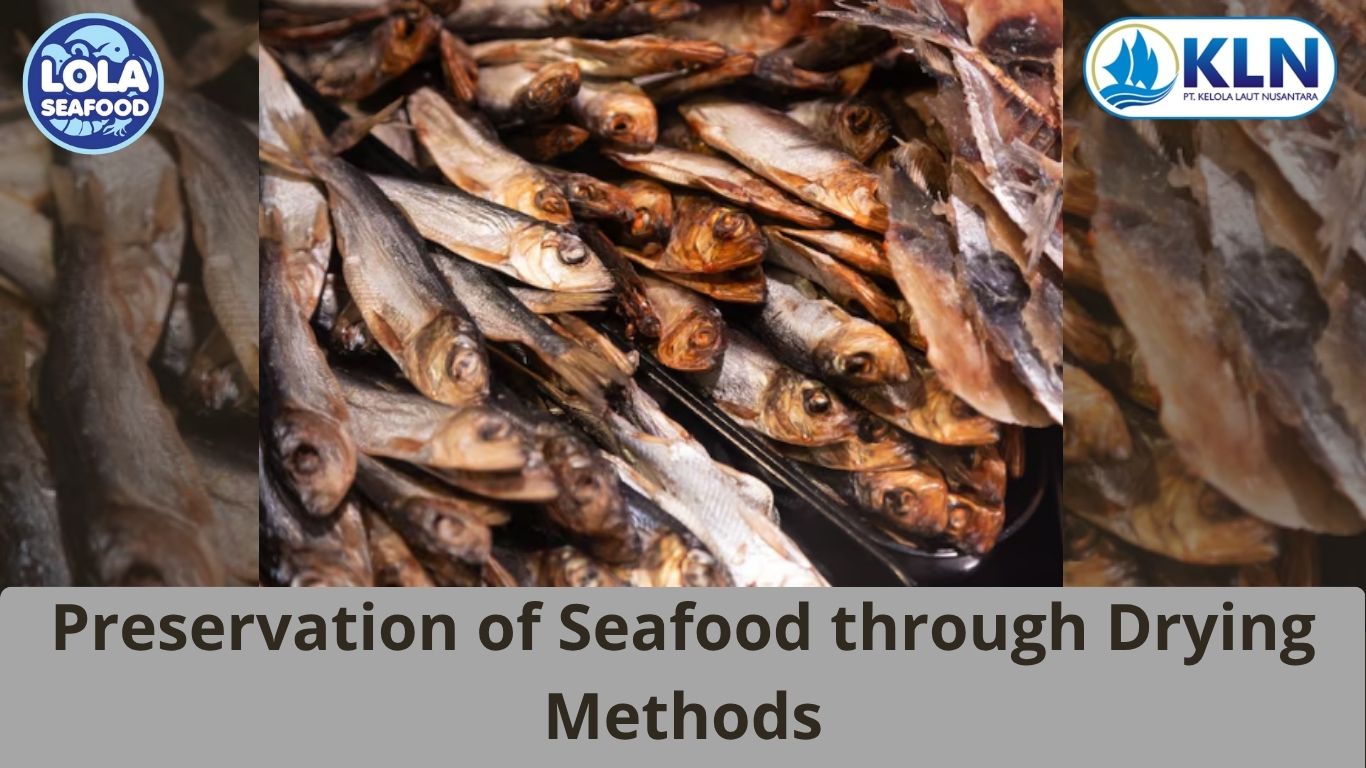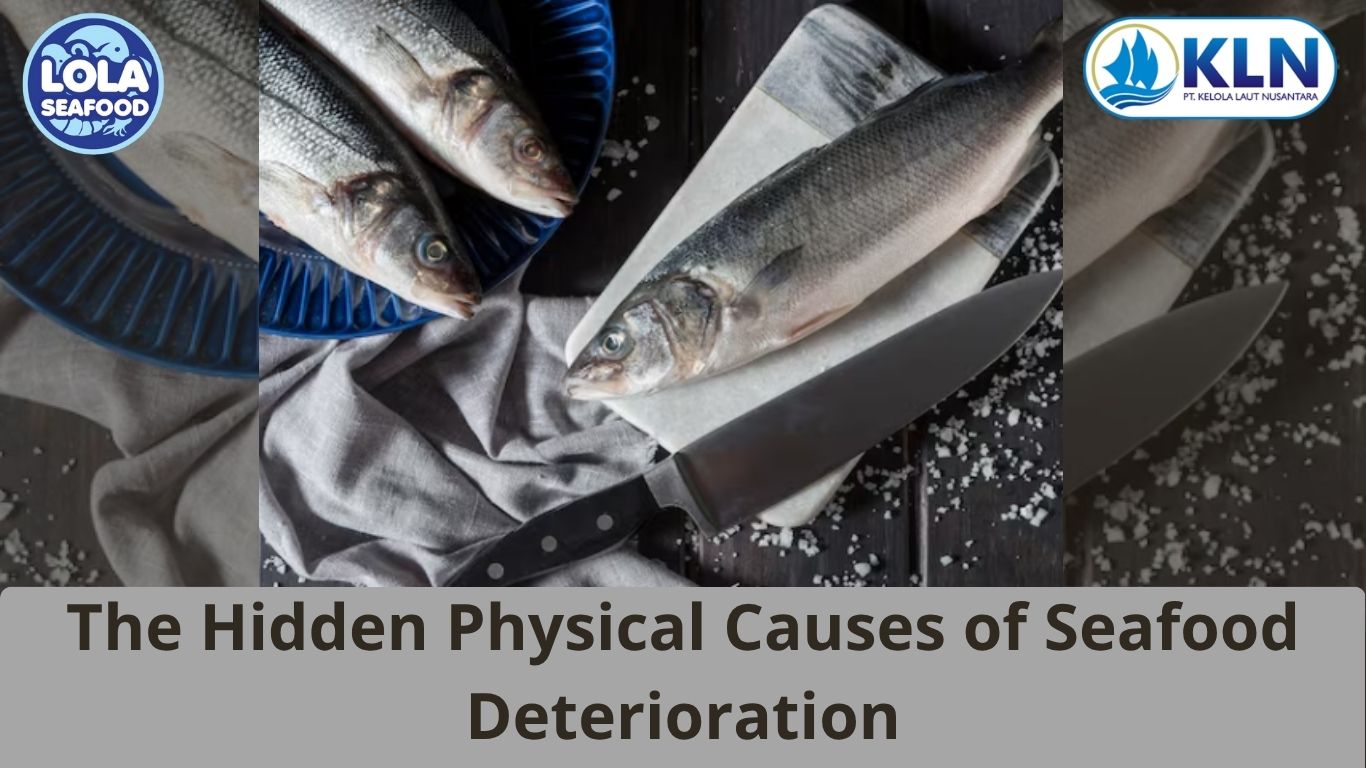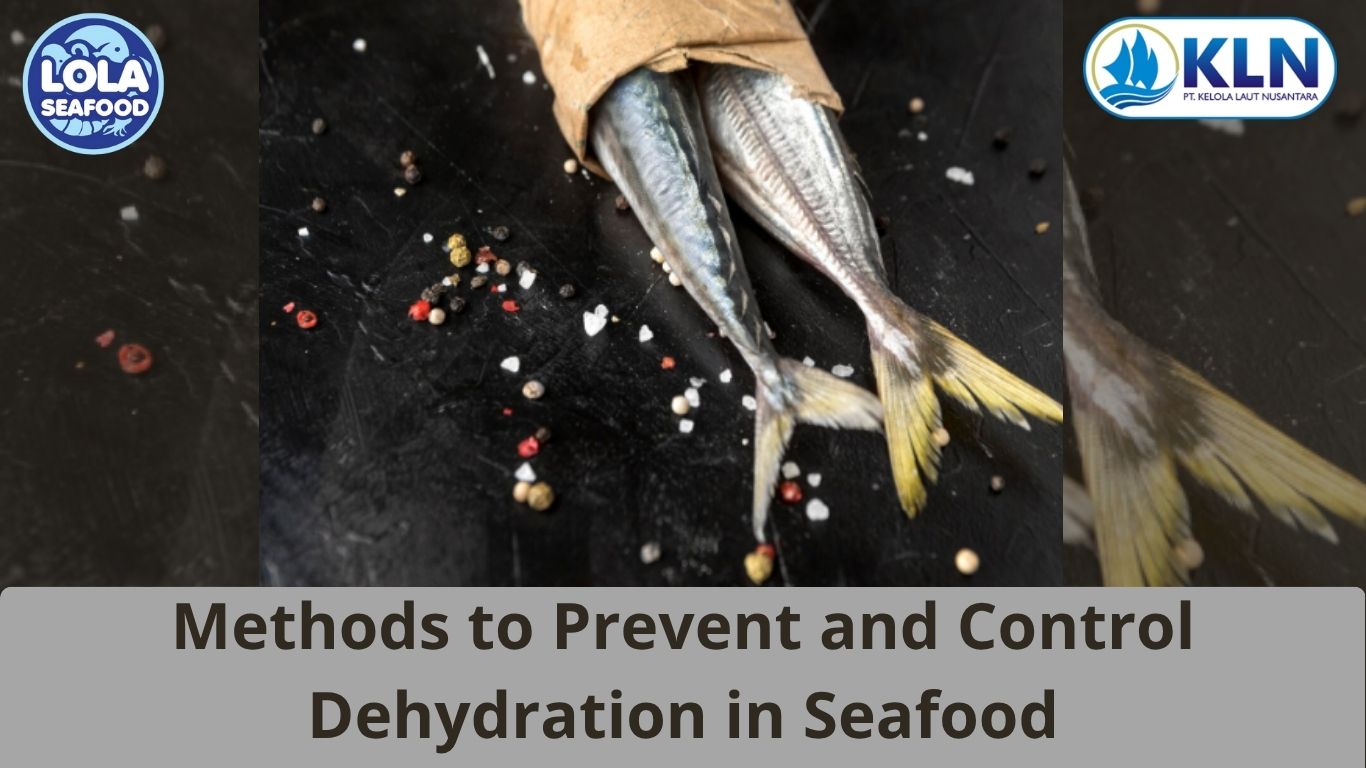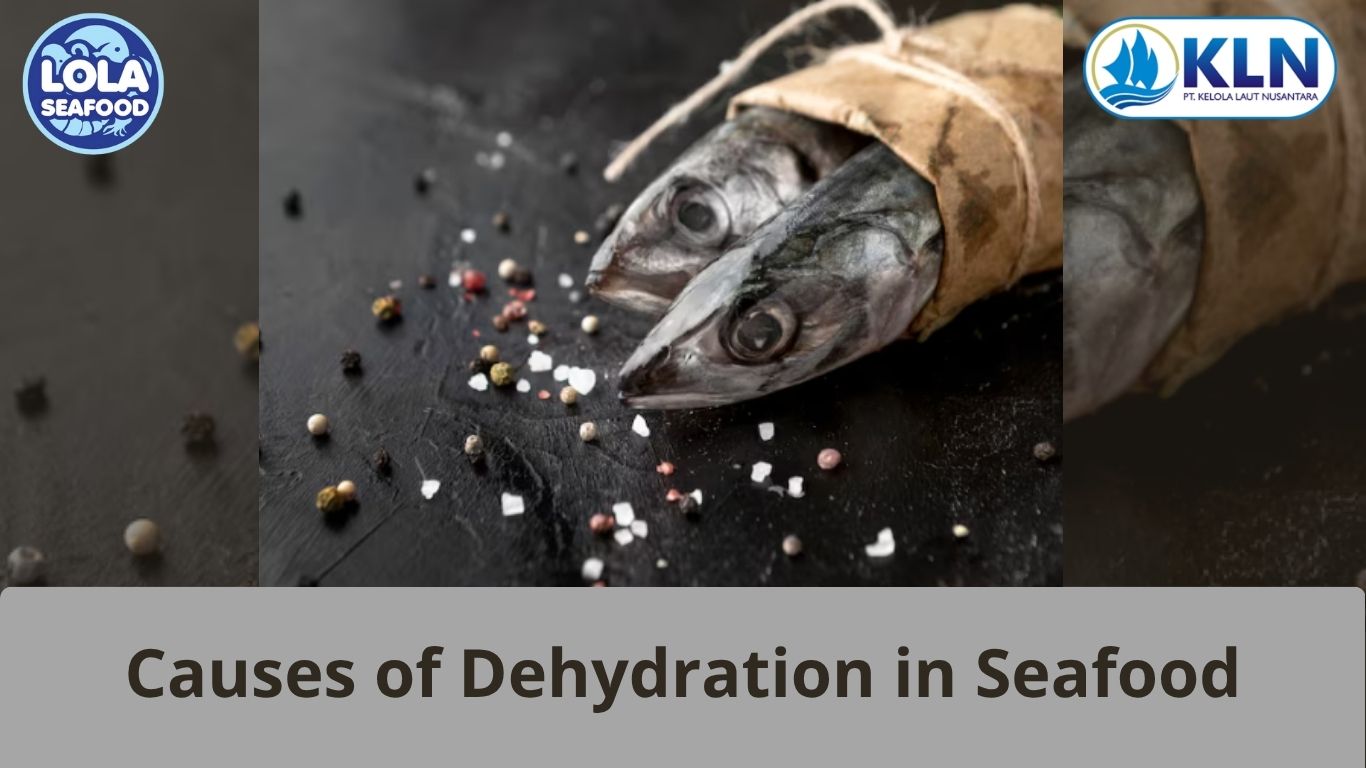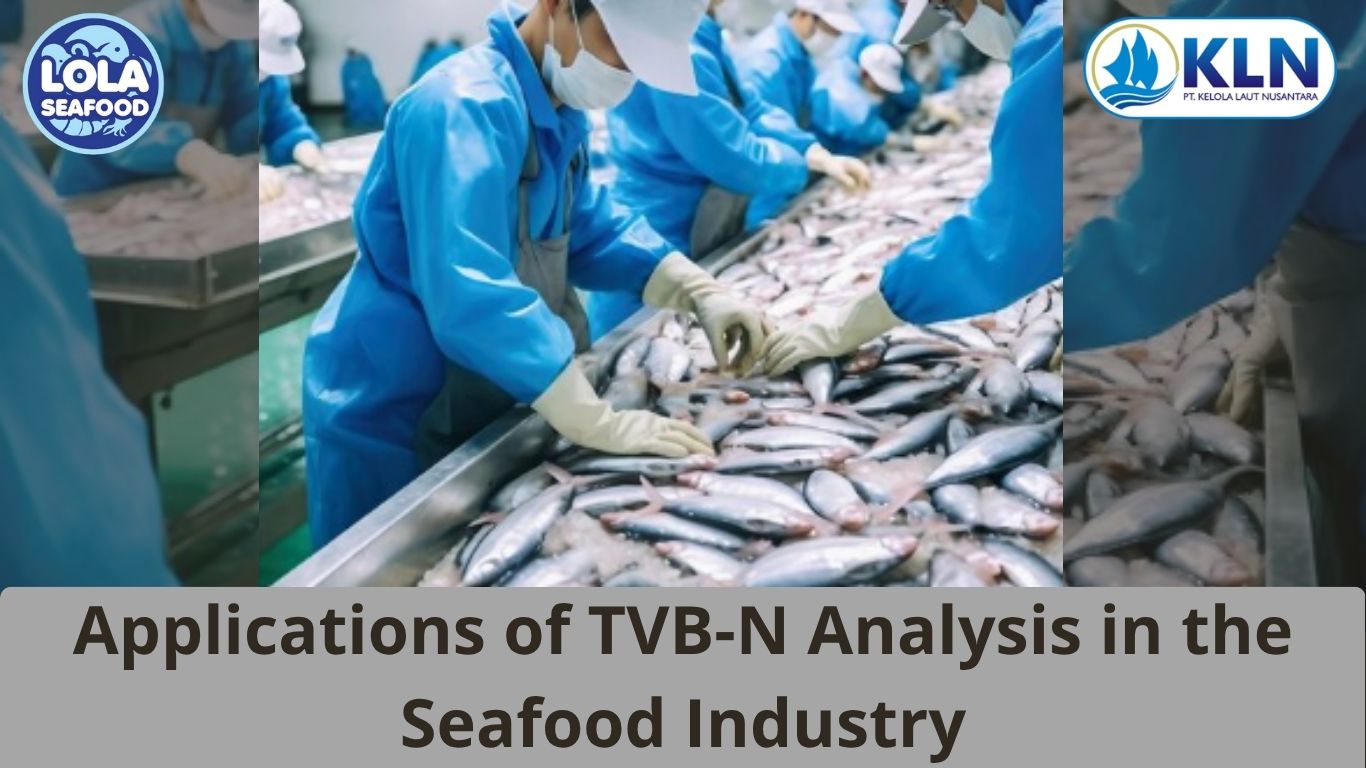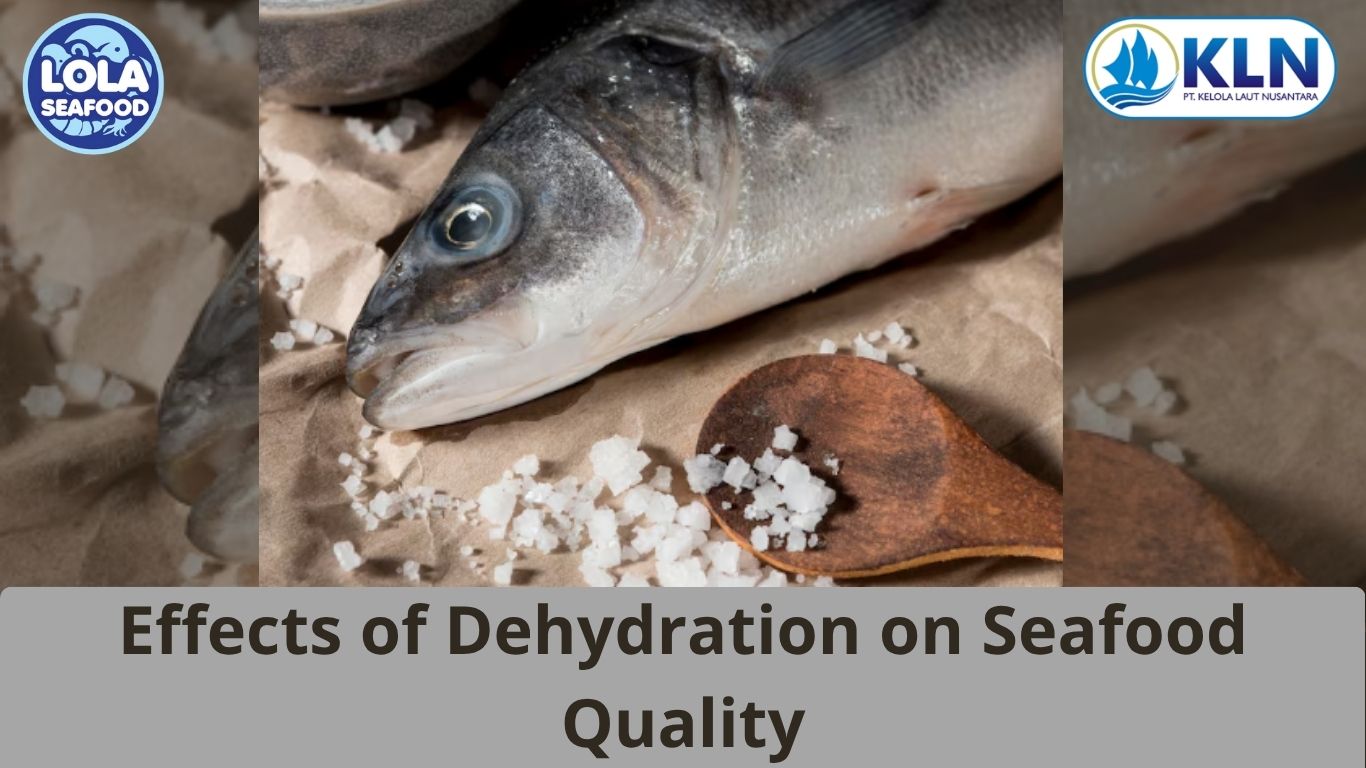Adopting HACCP Standards for Quality Assurance in the Frozen Fish Industry
By. Najih - 20 Jun 2024.jpg)
The frozen fish industry plays a pivotal role in the global food supply chain, providing consumers with a wide variety of seafood products. However, with the increasing complexity of supply chains and the potential risks associated with foodborne illnesses, ensuring food safety and quality assurance has become a top priority for companies operating in this sector. In response to these challenges, many companies have turned to HACCP standards as a proactive approach to mitigate risks and safeguard consumer health. Adopting HACCP standards is crucial for companies in the frozen fish industry for several reasons. Firstly, HACCP provides a systematic and science-based approach to identifying and controlling hazards throughout the production process. By focusing on critical control points where hazards can be effectively prevented, eliminated, or reduced to acceptable levels, HACCP enables companies to proactively manage food safety risks. Secondly, HACCP certification is often a requirement for market access, particularly in export markets where adherence to international food safety standards is mandatory. By achieving HACCP certification, companies can demonstrate their commitment to food safety and quality assurance, enhancing their competitiveness and market reputation.
Practical Steps for Implementation: Implementing HACCP standards in the frozen fish industry requires a structured approach tailored to the specific needs and operations of each company. Some practical steps that companies can take include:
- Hazard Identification: Conduct a thorough analysis of potential biological, chemical, and physical hazards associated with frozen fish production, including contamination during harvesting, processing, packaging, and transportation.
- Determination of Critical Control Points (CCPs): Identify critical control points in the production process where control measures can be applied to prevent or eliminate hazards, such as temperature control during freezing, storage, and transportation.
- Development of Monitoring Procedures: Develop monitoring procedures to ensure that CCPs are effectively controlled, including temperature monitoring, microbial testing, and visual inspection of product quality.
- Employee Training: Provide comprehensive training for employees involved in all aspects of frozen fish production, including hazard awareness, hygiene practices, and proper handling techniques.
- Establishment of Corrective Actions: Develop procedures to address deviations from critical limits, including identifying the root cause of the deviation, taking corrective action to prevent recurrence, and documenting the process.
